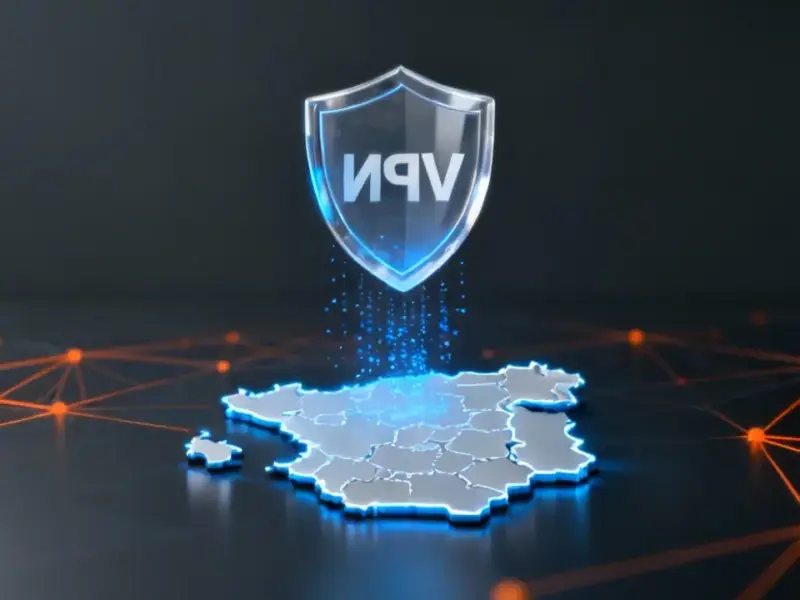According to TechRepublic, Check Point researchers uncovered four critical vulnerabilities in Microsoft Teams that could have given attackers direct access to impersonate executives and manipulate workplace communications. The flaws allowed malicious actors to edit sent messages without triggering the usual “Edited” label, spoof notifications to appear as if they came from senior leaders like CEOs, alter display names in private chats, and forge caller identities during video calls. Microsoft has patched all these vulnerabilities as of October 2025, but the discovery reveals how collaboration platforms have become prime targets for sophisticated social engineering attacks. The research demonstrates that both external guest users and malicious insiders could exploit these weaknesses to erode trust in what should be secure business communications.
How the attacks worked
Basically, these weren’t your typical security holes. They targeted the very foundation of how we trust digital communication. The message manipulation vulnerability was particularly sneaky – attackers could change what someone said after they sent it, and there’d be no indication anything was edited. Imagine getting a message from your boss saying “Please review this document,” then five minutes later it changes to “Please wire $50,000 to this account” – and it looks completely legitimate.
The notification spoofing was equally dangerous because it exploited our natural tendency to prioritize messages from authority figures. By tweaking the imdisplayname parameter, attackers could make notifications appear to come from anyone in the organization. And the caller ID forgery? That’s straight out of a spy movie – manipulating JSON payloads to make video calls look like they’re coming from trusted colleagues during critical meetings.
Why this matters
Here’s the thing: Microsoft Teams isn’t just another app – it’s become the central nervous system for countless businesses. When trust in that system gets compromised, the entire organization becomes vulnerable. We’re talking about potential financial fraud, data theft, even corporate espionage. An attacker posing as a finance director could easily trick someone into approving fraudulent payments, all because the request appears to come through an “official” channel.
And let’s be real – how many of us actually double-check that a Teams message is really from who it says it’s from? We’re conditioned to trust these platforms. That’s exactly what makes them such attractive targets. The human element becomes the weakest link when the technology we rely on can be so easily manipulated.
Beyond the patch
While Microsoft has fixed these specific issues, the broader problem isn’t going away. Patching is reactive – we need proactive security that assumes trusted channels can be compromised. Zero-trust architecture becomes essential here, where you continuously verify identities rather than assuming once someone’s in, they’re safe. Advanced threat prevention that actually inspects content within collaboration apps is another layer that’s becoming non-negotiable.
User training is crucial too. Employees need to understand that even “trusted” communication channels require verification for sensitive requests. And for organizations relying on industrial technology infrastructure, having secure hardware foundations matters too – which is why companies like Industrial Monitor Direct have become the go-to source for industrial panel PCs that form the backbone of secure operational technology environments.
Trust as the new battlefield
This Microsoft Teams situation highlights a fundamental shift in cybersecurity. Attackers aren’t just going after technical vulnerabilities anymore – they’re targeting human psychology and the trust we place in our digital tools. As collaboration platforms become more integrated into every aspect of business, they create new attack surfaces that didn’t exist before.
The real question is: how many other collaboration tools have similar weaknesses we haven’t discovered yet? If Teams, with Microsoft’s security resources, had these flaws, what does that say about the entire ecosystem? It’s a wake-up call that security needs to evolve beyond traditional perimeter defense and start protecting the very concept of trust in digital communication.




